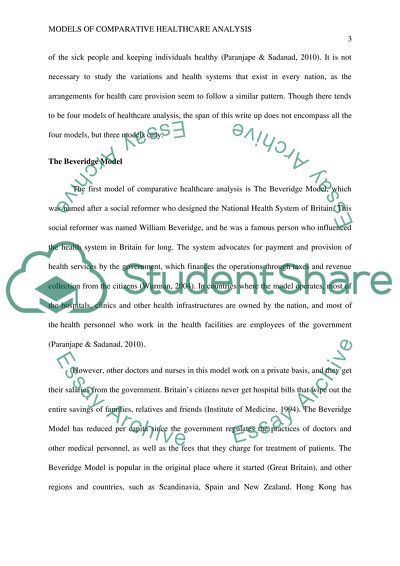Cite this document
(“Models of Comparative Healthcare Analysis Essay”, n.d.)
Models of Comparative Healthcare Analysis Essay. Retrieved from https://studentshare.org/nursing/1457362-explain-the-three-different-models-for-comparative
Models of Comparative Healthcare Analysis Essay. Retrieved from https://studentshare.org/nursing/1457362-explain-the-three-different-models-for-comparative
(Models of Comparative Healthcare Analysis Essay)
Models of Comparative Healthcare Analysis Essay. https://studentshare.org/nursing/1457362-explain-the-three-different-models-for-comparative.
Models of Comparative Healthcare Analysis Essay. https://studentshare.org/nursing/1457362-explain-the-three-different-models-for-comparative.
“Models of Comparative Healthcare Analysis Essay”, n.d. https://studentshare.org/nursing/1457362-explain-the-three-different-models-for-comparative.


